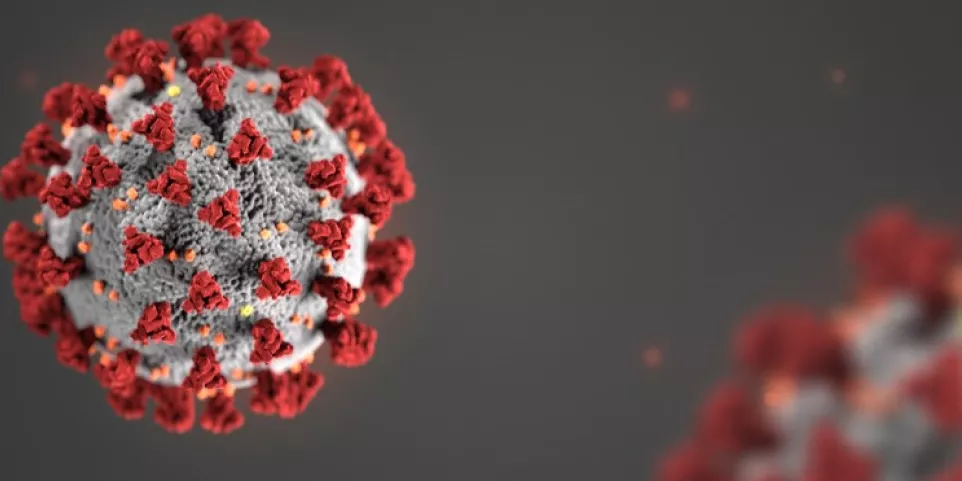What you need to know about coronavirus disease 2019 (COVID-19)


Topics
As we all learn more about the spread of human coronavirus disease 2019 (COVID-19) across the country and around the world, we want to remind everyone to stay informed and remain calm.
Every day, Texas Children’s Hospital is committed to keeping our patients, families, visitors, staff and employees safe. As part of that decades-long commitment, Texas Children’s – in conjunction with federal, state and local health organizations, especially those in the Texas Medical Center – is monitoring the situation closely and is prepared to safely serve patients with respiratory disease including COVID-19.
Here’s what you need to know about COVID-19, Texas Children’s preparation efforts, and how you and your loved ones can stay healthy and in the know about the latest COVID-19 developments.
If you, your child or any members of your household have traveled internationally and are experiencing symptoms, call you primary care provider for further guidance.
Coronavirus is a family of viruses that infects animals and people. The 2019 novel coronavirus (the virus that causes the infectious disease known as COVID-19) is now known officially as SARS-CoV-2. This virus is closely related to the virus that caused SARS in 2002-2003, and these viruses originally come from bats. This new respiratory virus was first identified in Wuhan, Hubei Province, China. It was not previously known to cause human illness until the recent outbreak. The virus caused an outbreak in the region, and was detected in other areas around the world, including here in Texas and across the United States. It is believed the virus was initially transmitted to humans from a wild animal. Human-to-human transmission is now the most common route of transmission.
What are the symptoms?
Like many other viral illnesses, its signs and symptoms include fever, fatigue, coughing, difficulty breathing and shortness of breath. These symptoms begin anywhere from two to 14 days after exposure.
How does it spread?
Since SARS-CoV-2 is a new form of coronavirus that causes this new infectious disease known as COVID-19, the severity of the illness in specific age groups, and the potential impact to our area, is still unclear. Since it is a respiratory illness, it is thought to spread through person-to-person contact through respiratory droplets exchanged when an infected person coughs or sneezes.
The virus is also transmitted like other respiratory viruses, from touching contaminated surfaces, and then touching your face. This new human coronavirus is highly transmissible, and may be significantly more infectious than influenza viruses in an unvaccinated population. It can spread rapidly, so everyone must carefully monitor their own health to contain transmission.
If you or any member of your family have traveled within the United States to areas with known person-to-person transmission in the community (not travel-related) and are experiencing symptoms, call your primary care provider for guidance.
For milder symptoms, including fever and cough, it is recommended that you stay home and self-isolate. Similar to influenza, sufficient fluid intake, proper nutrition, O-T-C medications to relieve symptoms, rest and avoiding others is best.
If you or your child’s symptoms are serious enough to cause concern, including shortness of breath, significant chest pain, and/or fever, you should go to the nearest emergency or urgent care center, depending on illness severity. If possible, call and alert the team prior to your arrival so you can be properly isolated to prevent the possible spread of the virus.
Remember these six helpful tips to protect yourself and your loved ones from spreading illnesses now and throughout the year:
Texas Children’s is taking proactive measures to help prevent the introduction or spread of COVID-19 at all of our locations around the greater Houston and Austin metro areas.
The spread of COVID-19 is continually changing. Follow the CDC, World Health Organization (WHO) and Texas Department of State Health Services (DSHS) for the most up-to-date information and guidelines.
For patients and families coming to a Texas Children’s care site, please review our COVID-19 webpage for updates, including screening protocols and visitation guidelines, and much more.